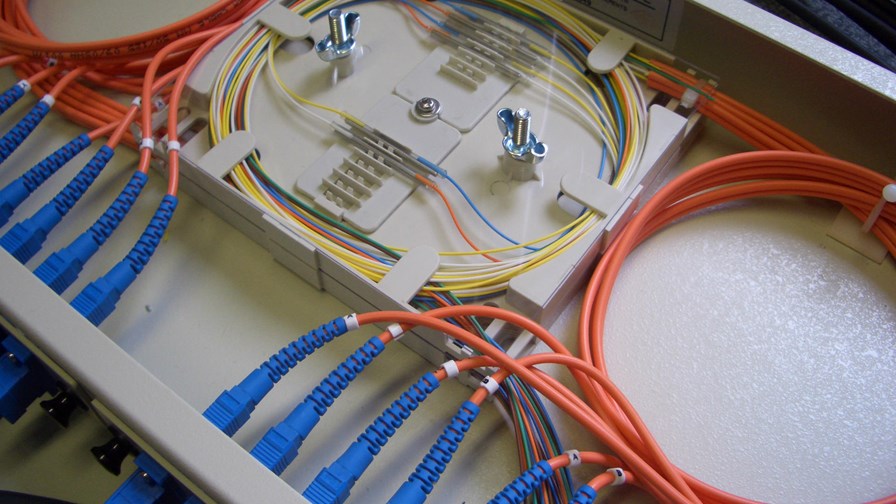
via Flickr © titanium22 (CC BY-SA 2.0)
- Fifty gigabit Passive Optical Network (PON) technology will be a crucial support for 5G
- Work started on standards early last year and now Huawei says it has a demo prototype
- The standards are to be completed next year with commercial product arriving in 2023
Just before MWC we noted that what we should be seeing and hearing at Mobile World Congress was a greater emphasis on transport network technology.
The logic was that the radio part of the 5G piece is now well advanced with NR over 4G poised to serve first generation 5G devices in and beyond the next year or so. Surely now is the time to at least start talking to the broad market about the new transport technologies capable of supporting the flavours of 5G promised from the mid-2020s - the big bandwidth, low latency 5G that will surface all those new use cases. That won’t happen without an agile, software driven transport network.
It seems I was wrong. While there were one or two transport mentions here and there at MWC, it appears transport is still not viewed as imminent or sexy enough to pull in the crowds.
But one player keen to make a bit of a splash on transport (in fact keen to push its profile on everything at the moment for obvious reasons) was Huawei, which actually released a 50Gbit/s Passive Optical Network (PON) prototype at MWC.
As it perhaps anticipated, the announcement and demo hardly made a ripple when it landed in the MWC news pool, so Huawei went and announced it again this week. It says it’s hatched the world's first single-wavelength 50G passive optical network (PON) prototype.
What? Why?
In February 2018, the ITU-T officially initiated the 50G PON standards project and began developing technical solutions and standards which are expected to be finalized in 2020 and put into commercial use in 2023.
Fifty gigabits per second is more than a speed ramp, although that sort of single wavelength performance is very important. It means that a fibre-wielding telco can have five times the downstream bandwidth at its disposal to keep up with data demands to businesses and homes and to accommodate all the streamed video that users appear to want to consume.
But a 50G PON means you can engineer lower latency. Huawei maintains that the prototype, which can provide 50 Gbps downstream and 25 Gbps/50 Gbps upstream transmission rates over a single wavelength, demonstrates that next-generation PON technology is now mature enough to begin focusing on 5G product development. This, it says, must be a welcome confidence boost for the 50G PON industry.
In the end there are only two generalised ways you can tackle latency in the network (latency introduced by the mobile applications are another thing again). First you can decrease the light journey across the fibre (edge computing can improve that) and second, you can optimize things like clock synchronization and data processing at each end of the PON. You can’t tangle with the speed of light of course (that would probably require a strategic partnership with Dr Who) but you can work on innovation to conquer synchronization problems.
“Compared with 10G PON,” says Huawei, “the 50G PON technology not only increases the bandwidth fivefold, but also effectively supports innovative services such as 5G and Cloud VR, services which pose strict requirements on delay and clock synchronization.“
Huawei says that during the onsite demonstration, the prototype reduced the upstream one-way delay from the millisecond level down to the microsecond level while achieving a tenfold improvement in clock precision. This, it claims, suggests that the prototype is well suited to the needs of future digital home broadband, government/enterprise cloud private lines, and 5G bearer services.
Email Newsletters
Sign up to receive TelecomTV's top news and videos, plus exclusive subscriber-only content direct to your inbox.




